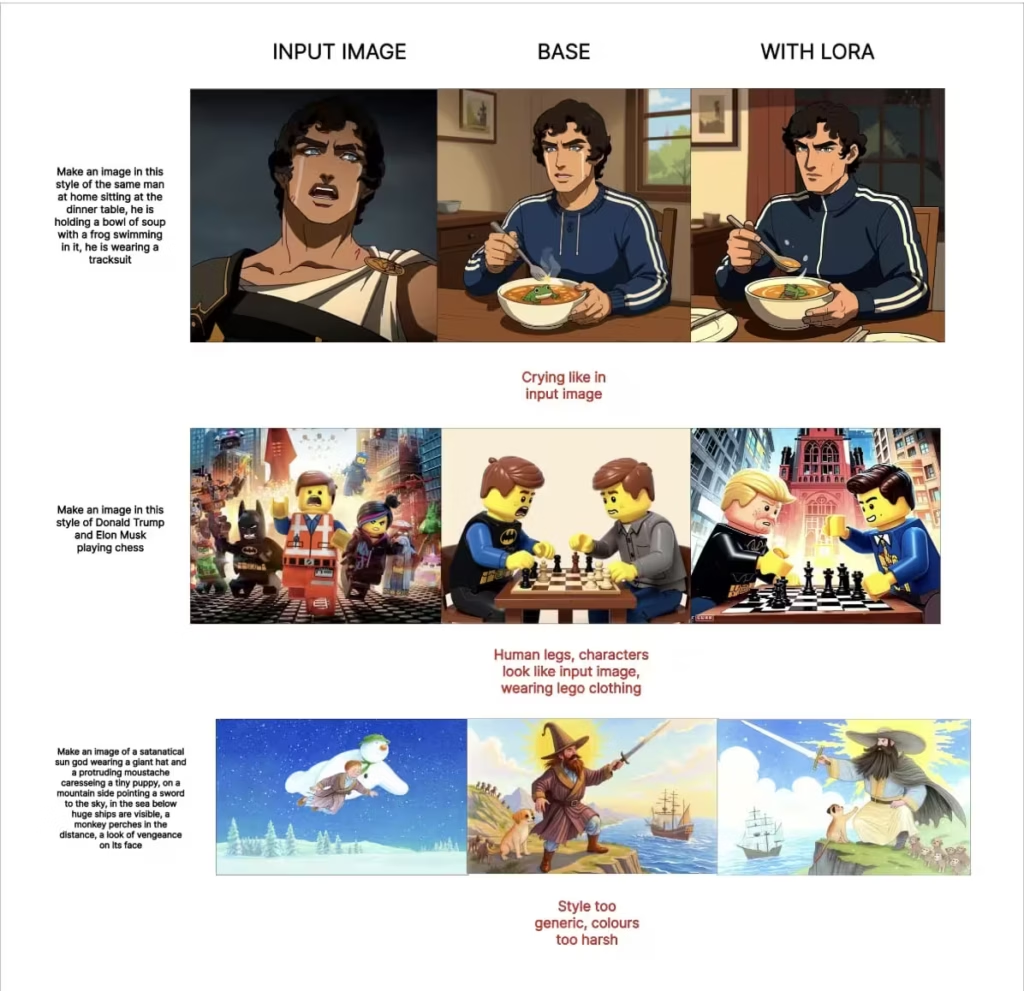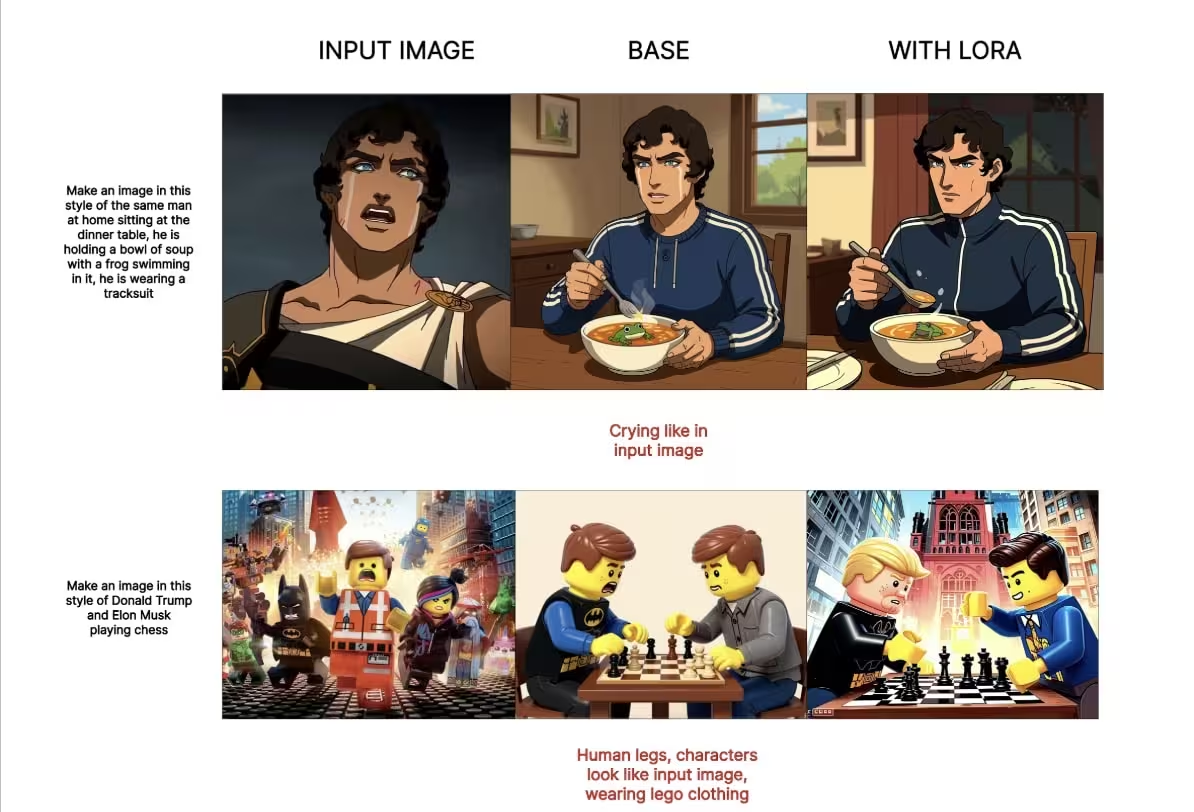Works with style references. Simple setup. Clear outputs.

Contents
QwenEdit InStyle basics in plain words
How to prompt (what to type)
What it’s good at (and where it slips)
Strengths
Can struggle
Training set (what it used)
Dataset: https://huggingface.co/datasets/peteromallet/high-quality-midjouney-srefs




Thanks a lot, you are very precious for me.